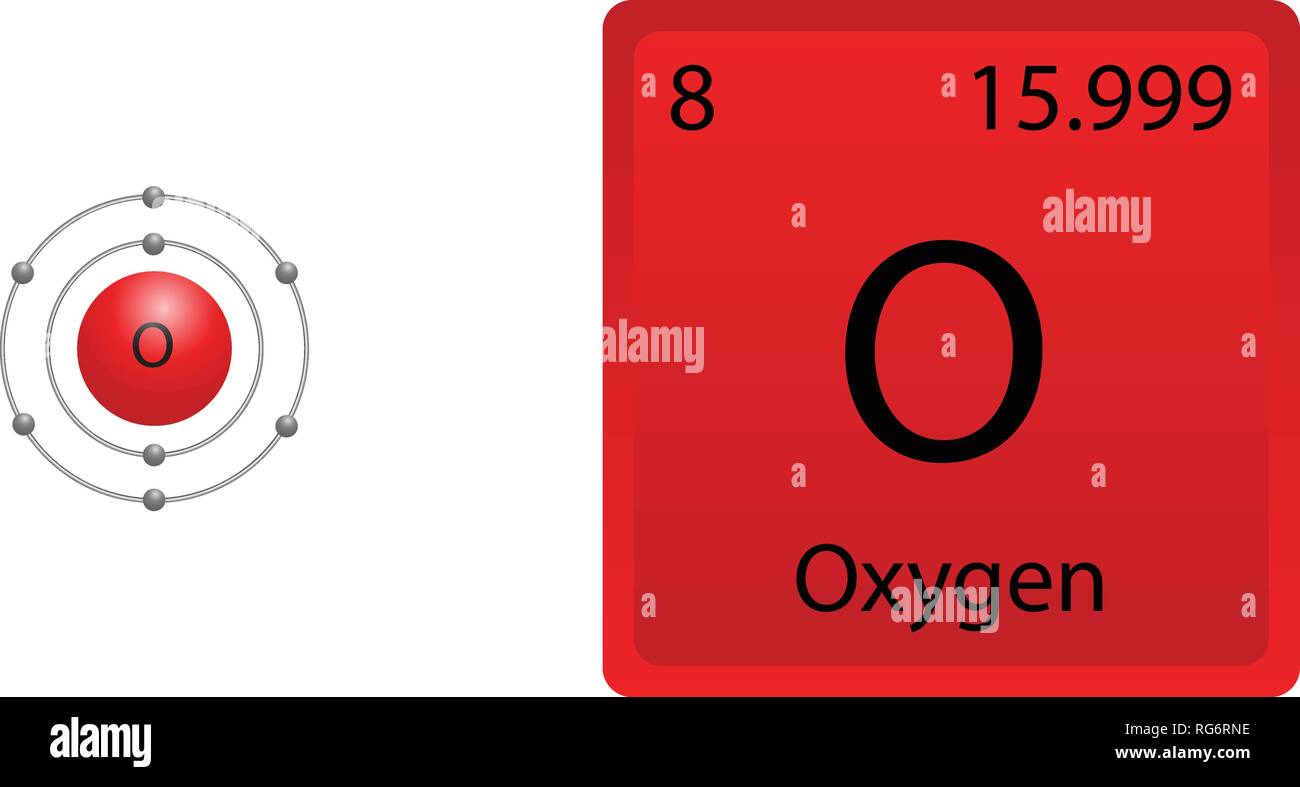
Geological specimens are known in which the element has an isotopic composition outside the limits for normal material.See table 1 for details of range and original paper for the atomic weight of the element from different sources.However three such elements (Th, Pa, and U) do have a characteristic terrestrial isotopic composition, and for these an atomic weight is tabulated.

, indicates the mass number of the longest-lived isotope of the element.

Substantial deviations in atomic weight of the element from that given in the Table can occur.
Atomic mass of oxygen full#
The original paper should be consulted for full details of the variation in atomic weight and the half life of the radioisotopes quoted below.Ī number in parentheses indicates the uncertainty in the last digit of the atomic weight. For radioactive elements the isotope with the longest half-life is quoted in parenthesis. In the other lists the values quoted are those suggested for material where the origin of the sample is unknown.

The standard atomic weights of twelve elements having two or more stable isotopes have variability of atomic-weight values in natural terrestrial materials. Previous values may be consulted from the 1993 table, the 1995 table, the 1997 table, the 1999 table, the 2001 table, the 2005 table, the 2007 table, the 2009 table, the 2011 table, the 2013 table, the 2015 table or the 2019 table. Its of great interest because its the essential element in the respiratory. World Wide Web version of atomic weight data originally prepared by G. Gaseous chemical element, symbol: O, atomic number: 8 and atomic weight 15,9994. These tables are based on the 2021 table with changes from the 2019 table for the values of Ar, Hf, Ir, Pb and Yb and changes to the uncertainty for Al, Au, Co, F, Ho, Mn, Nb, Pa, Pr, Rh, Sc, Tb, Tm, and Y. 2021 Atomic Weights IUPAC Commission on Isotopic Abundances and Atomic Weights.


 0 kommentar(er)
0 kommentar(er)
